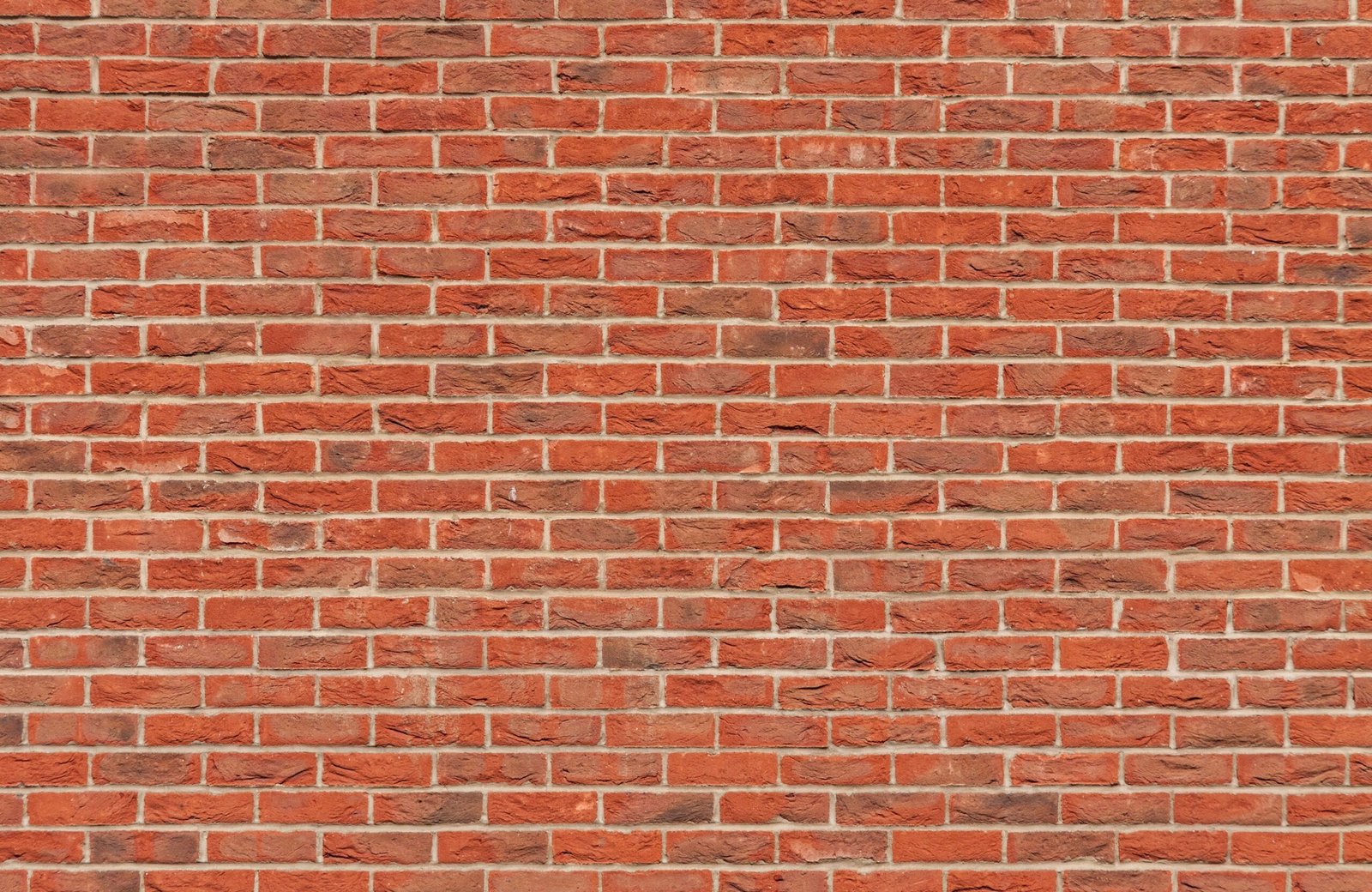WHAT IS A NON-LOAD BEARING WALL? – FEATURES, TYPES
Definition: A wall which doesn’t help the structure to stand up and holds up only itself is known as a non-load bearing wall. This wall is also referred to as “ curtain wall ”.
Main Features: Followings are the main features of non-load bearing walls:
- A non-load bearing wall doesn’t support floor roof loads above.
- It is not a part of the structural frame system.
- Most of the time, they are interior walls whose purpose is to divide the floor into rooms.
- They are built lighter to reduce the dead load of the structure.
- One can remove any non-load bearing walls without endangering the safety of the building.
- Non-load bearing walls can be identified by the joists and rafters.
- They are not responsible for gravitational support for the property. It is cost effective.
Types of Non-Load Bearing Walls
Followings are the type of non-load bearing walls based on the used wall unit:
- Hollow Concrete Block Wall
- Facade Bricks Wall
- Hollow Bricks Wall
- Brick Walls
Brief descriptions of these types of non-load bearing walls are given below:
Hollow Concrete Block
The walls of the concrete building are made hollow. It has the advantage of great strength. It gives stability without any waste of material.
Facade Bricks
It is solid, durable and practically maintenance free. Colors do not lose their radiance in this brick. Facade bricks are ecological and sustainable.
Hollow Bricks
They are green living. They can reduce the use of heating and cooling devices. They are strong and better used. Hollow bricks are cost effective.
Brick Walls
It is an immovable block or wall made of brick. Brick walls are easy to install.
REFERENCE TAKEN FROM CIVILTODAY.COM

